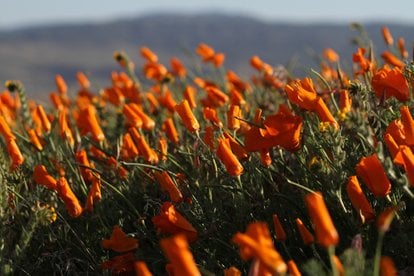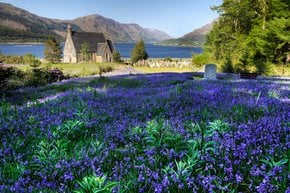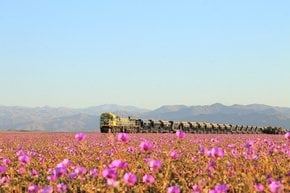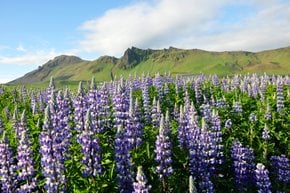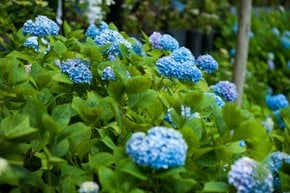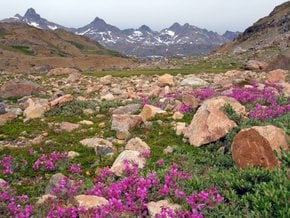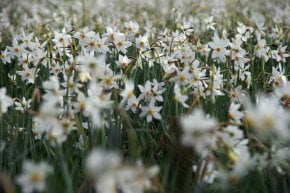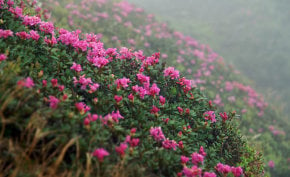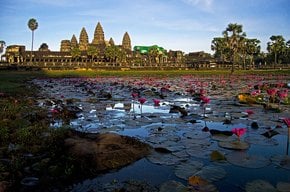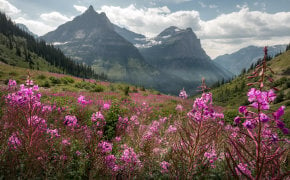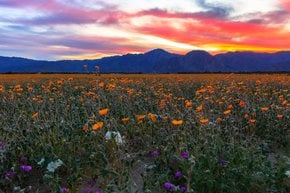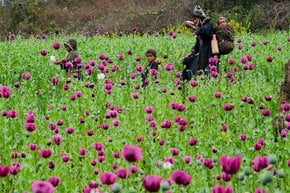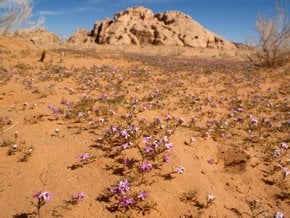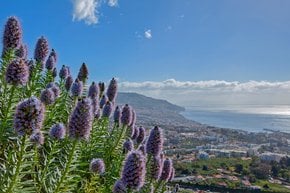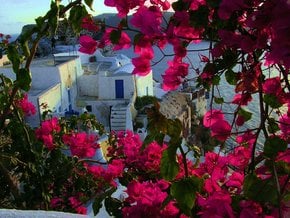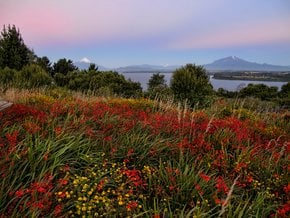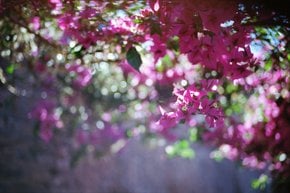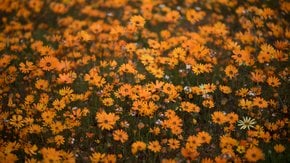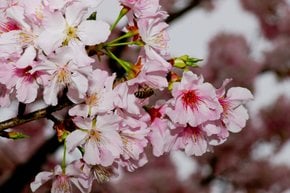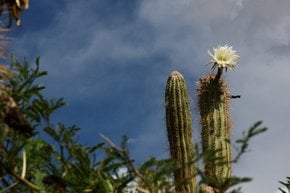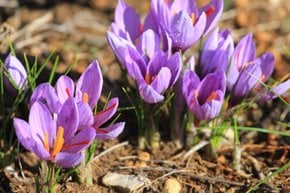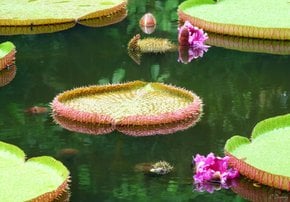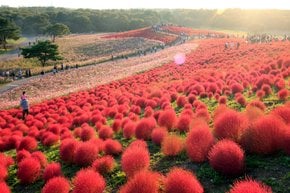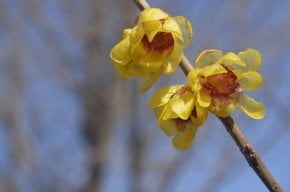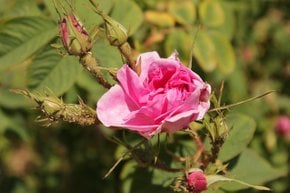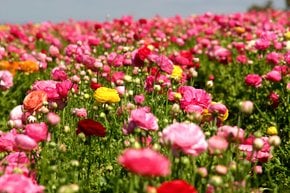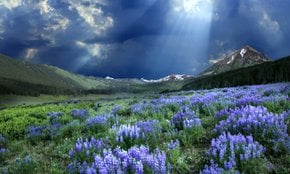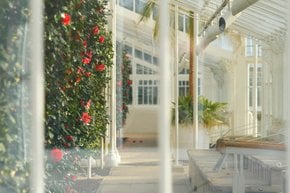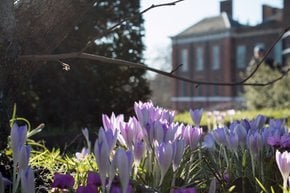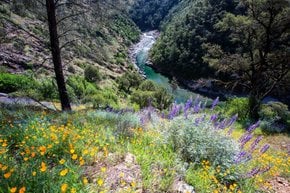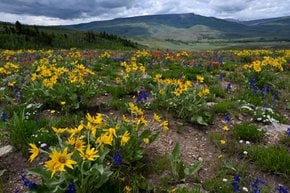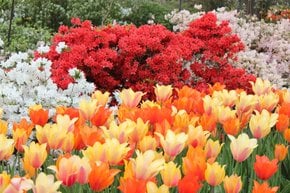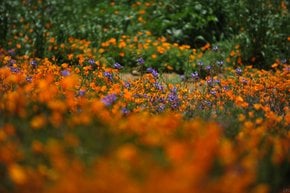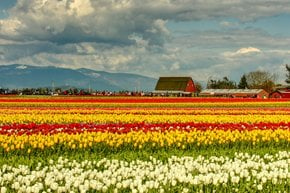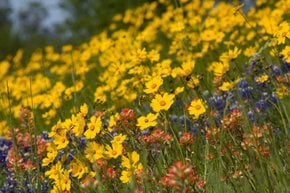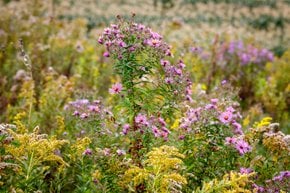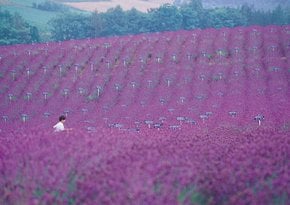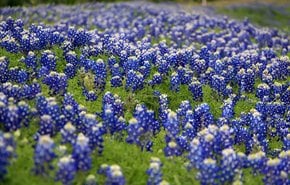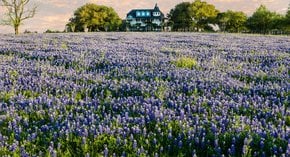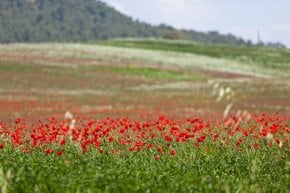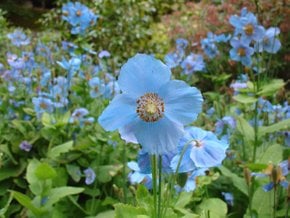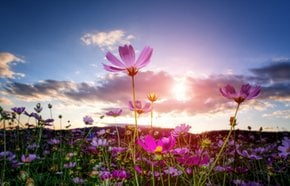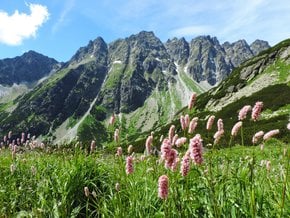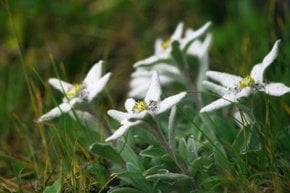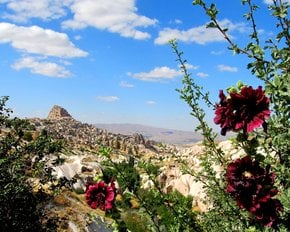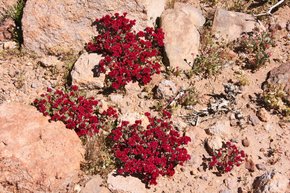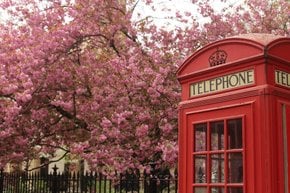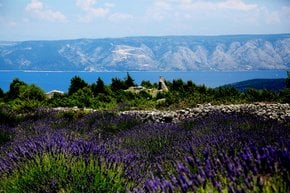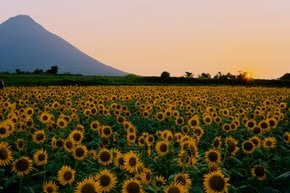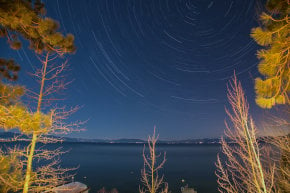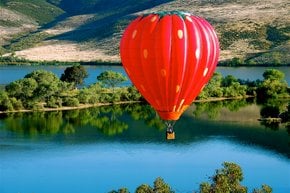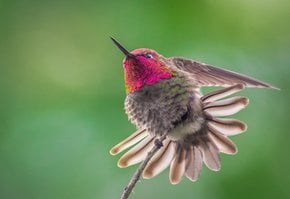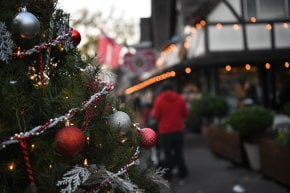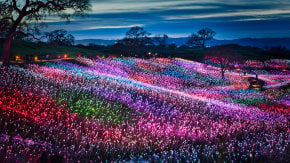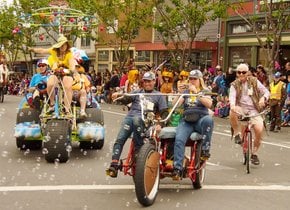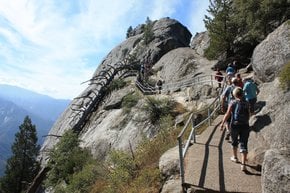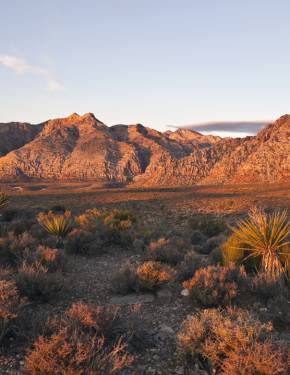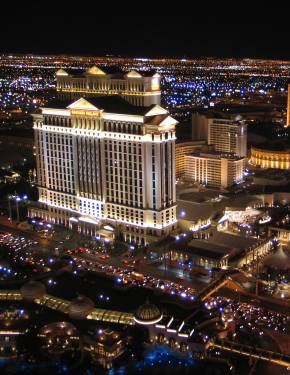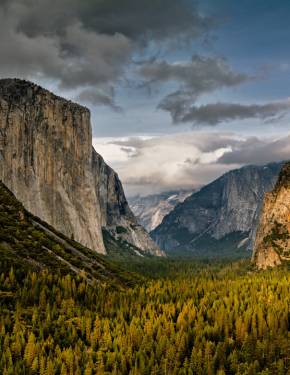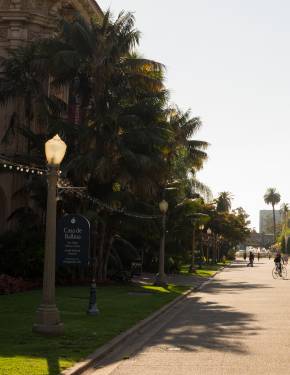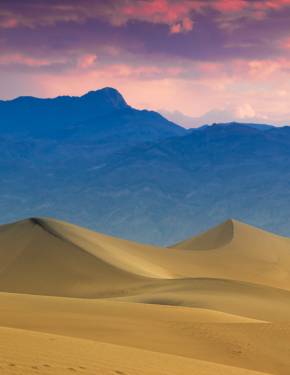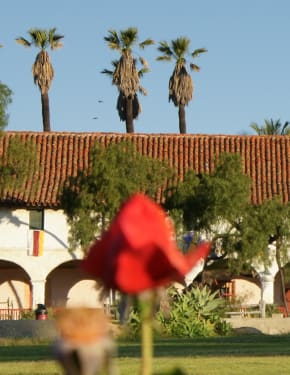Poppy Season in the Antelope Valley, California 2026
After winter rains, dry hills burst with new life as billions of technicolor orange poppies bloom
Best time: late February–early May (peak in late March–early April)
Following the winter rains, the dry grasslands west of Lancaster burst into life each spring, transforming into a vibrant landscape of blooming wildflowers. At the Antelope Valley California Poppy Reserve, endless fields of poppies create a stunning spectacle of vivid orange hues stretching across the horizon. This state-protected reserve is located just 67 miles (107 km) north of Los Angeles, offering a serene escape into nature's colorful display.
Poppies Blooming Season in California
Antelope Valley poppy season varies from year to year, with the first flowers popping up in late February and the peak bloom falling between mid-March and mid-April. The safest bet would be late March, as, in April, tender blossoms might be swiped away by slashing spring winds.
Tips for Viewing Antelope Valley Poppies
Antelope Valley Poppy Reserve is located in the western Mojave Desert at 2,624 to 2,925 ft (800 to 900 m), so prepare for a high desert environment. Besides wicked winds, the air temperatures may range largely during the day, thus, layered clothing will be useful. Besides, you'll need more water than you imagine, so better take extra supplies.
Poppies are not allowed to be collected. Anyway, they would wilt at once, and the seeds necessary for the next crop would be wasted. As this is a state reserve, everything within its territory is protected, including every grass blade and tiniest stone. Also, make sure that your vehicle doesn't go off the main road. Note that dogs and other pets aren't allowed in the reserve. If you see any, it must be one of the local staff's trained dogs.
Rattlesnakes are also protected for they regulate the local rodent population, that would otherwise have eaten all the poppies. These snakes aren't aggressive, but they dislike being bothered. They rattle their tails to warn you about their presence, but you should be cautious yourselves. So walk slowly across the fields and be careful where you step.
Other Wildflowers
This State Natural Reserve is situated on California's most reliable poppy-growing terrain. Each spring, the desert grasslands transform into a colorful mosaic as poppies are joined by other wildflowers such as owl's clover, lupine, goldfield, cream cups, and coreopsis. However, the vibrancy and duration of the bloom vary from year to year, reflecting the ever-changing rhythms of nature.
Entrance
The Antelope Valley California Poppy Reserve welcomes visitors daily, from sunrise to sunset, throughout the year. Parking fees are $10 per vehicle, with rates of $50 for small buses (9–24 passengers) and $100 for large buses (25+ passengers). Receipts from parking fees can be used for same-day entry to other California State Parks with equal or lower fees. For frequent park-goers, annual passes such as the California Explorer Pass ($195) and Golden Poppy Pass ($125) offer year-long access to a variety of parks across the state.
California Poppy Festival
The California Poppy Festival is held annually in Lancaster, California. This vibrant event celebrates the peak bloom of California poppies, drawing visitors with live entertainment, food vendors, arts and crafts, and family-friendly activities. The festival usually coincides with the blooming season at the Antelope Valley California Poppy Reserve, enhancing the experience with breathtaking views of the poppy fields in full color.
California Poppy Fields East of Los Angeles
Even though Antelope Valley Reserve harbors the most consistent poppy bloom, you can find a few more places worth visiting in terms of poppy viewing. Should you be in the LA area in March, definitely check out such scenic areas as Chino Hills State Park, 35 mi (56 km) east of the City of Angels. Continue driving further southeast to behold Walker Canyon poppies, 63 mi (101 km) off LA.

